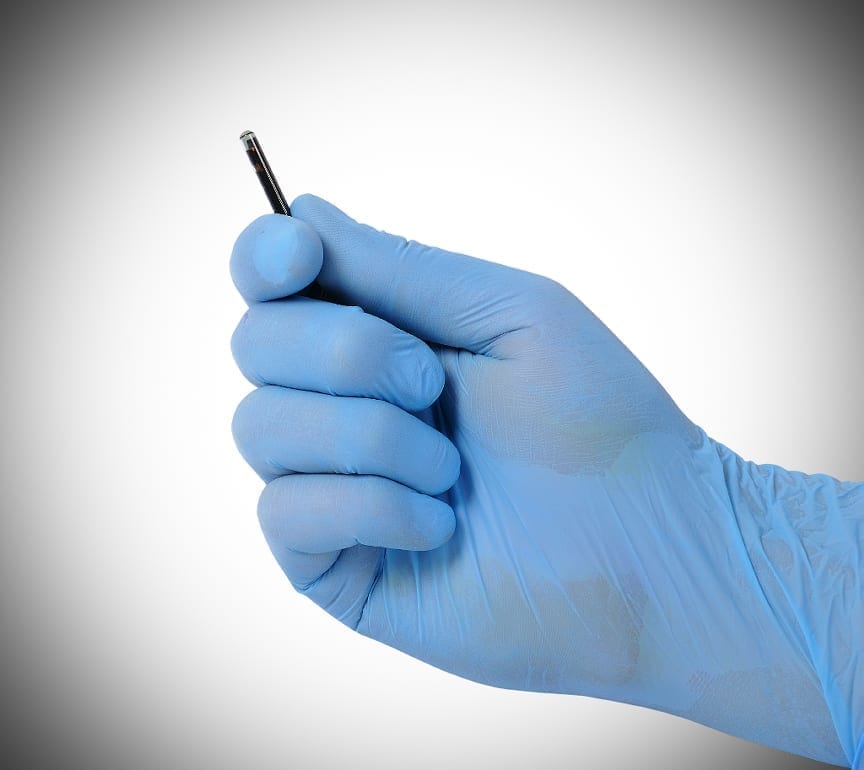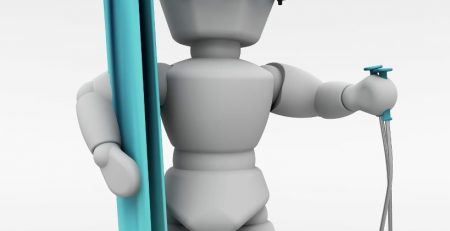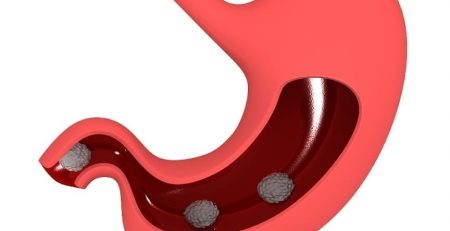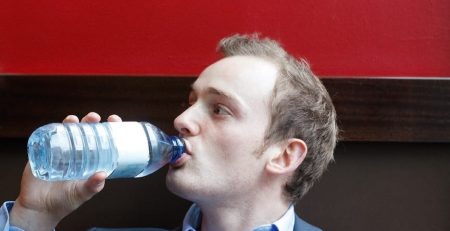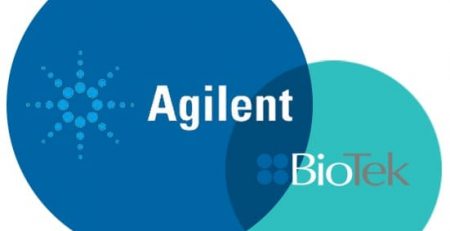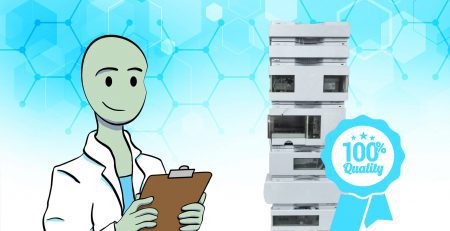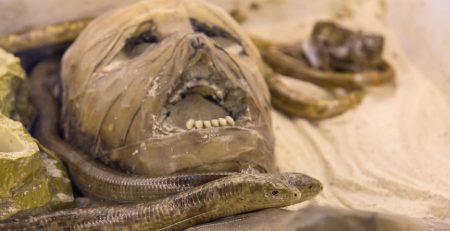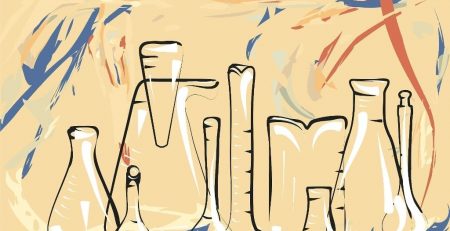Startup Grows Personalized Bone Implants
In an op-ed piece for Live Science, EpiBone co-founder and CEO Nina Tandon explains how her startup is changing the face of science.
“Many people don’t realize that, after blood, bone is the most widely transplanted human tissue worldwide,” Tandon writes. While historically when a replacement bone was needed, animal bones or bones from other human donors were used. However, bodies would often reject these foreign objects leading to various types of infection. Currently, the most widely used treatment is what is known as an autograft – which takes a piece of bone from a different part of the body and implants it where it’s needed. While this minimizes the risk of rejection, the procedure is still very invasive and destructive. Many times in the case of young children that require autografts, “there’s often quite simply not enough bone to go around.”
EpiBone is developing what they consider not even a more radical, but more “natural” approach – growing an individuals’ own bone. Tandon explains the process like this:
“In order to do this, we take two things from the patient: A CT scan, which is essentially a high-resolution 3D X-ray, so that we can calculate and fabricate a personalized scaffold in the precise 3D shape of the bone we want to engineer’ and a fat sample from which we extract stem cells to infuse into the 3D scaffold.
The scaffold and stem cells togeter go into a special growth chamber, called a bioreactor, which simulates conditions found inside the body. Temperature, humidity, acidity and nutrient composition all need to be just right for the stem cells to transform into bone-growing cells called osteoblasts, colonize the scaffold and remodel it with living tissue. Three weeks later, out would come a piece of living human bone that’s sized and shaped precisely for the patient. This is an implant that the patient’s body hopefully won’t reject, because it’s made from his or her own cells.”
While these grown-bones have yet to be implanted in humans, extensive tests have been performed in pigs and other animals. Tandon looks forward to not only when EpiBone’s technology will be able to achieve its intended purpose, but to seeing what other types of technology their developments will encourage and support.




